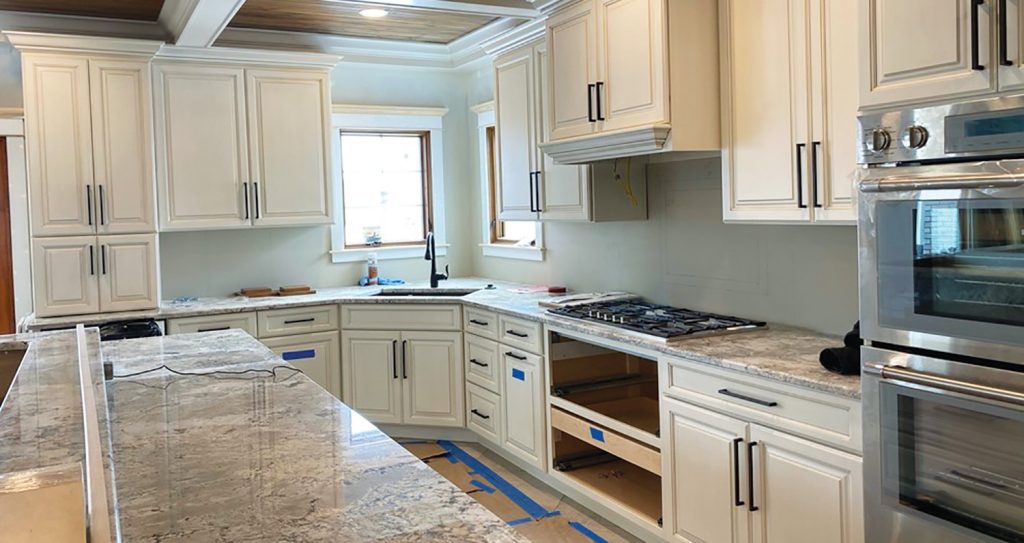In the realm of design, residential interior designers are the sculptors of spaces, transforming houses into homes and blank canvases into personalized sanctuaries. Their work goes beyond aesthetics it is about creating functional, beautiful, and harmonious environments that reflect the unique personalities and lifestyles of their clients. In this article, we delve into the fascinating world of residential interior designers, exploring their roles, creative processes, and the impact they have on the places we call home.
The Artistry of Interior Design
At its core, residential interior design is an art form. It is the alchemy of merging creativity, functionality, and spatial awareness. Every project begins with a blank canvas, a home awaiting its transformation. To sculpt these spaces, designers first seek to understand their clients. They listen to their aspirations, preferences, and dreams, and then weave these elements into the design.
Balancing Aesthetics and Functionality
One of the primary challenges for residential interior designers is striking a balance between aesthetics and functionality. It is not just about making a room look beautiful it is about ensuring that the space serves a practical purpose and check this site https://bilalrehmanstudio.com/pages/houston-residential. This means carefully considering furniture placement, lighting, storage solutions, and traffic flow, all while maintaining a cohesive design scheme.

Creating a Vision
Once designers have gathered all the necessary information and conducted a thorough site analysis, they begin to conceptualize a vision. This vision serves as a roadmap for the project, outlining color palettes, material selections, and design themes. It is a delicate dance between the designer’s creative intuition and the client’s desires.
The Importance of Space Planning
Space planning is a fundamental aspect of residential interior design. Designers meticulously arrange furniture and decor to optimize the use of space and create a harmonious atmosphere. They consider the room’s size, shape, and purpose, ensuring that each element enhances the overall functionality and aesthetics.
Materials and Textures
The selection of materials and textures plays a pivotal role in the design process. Designers must choose materials that are not only visually appealing but also durable and suitable for their intended use. The interplay of textures, such as smooth and rough surfaces or soft and hard materials, adds depth and interest to a room, creating a sensory experience that goes beyond sight.
Attention to Detail
A hallmark of a skilled residential interior designer is their attention to detail. It is in the carefully curated accessories, the perfectly aligned patterns, and the thoughtful placement of decorative elements. These small touches can elevate a design from good to extraordinary, adding layers of sophistication and personality.
Sustainability and Innovation
In recent years, sustainability has become a key consideration in residential interior design. Designers are increasingly focused on using eco-friendly materials, energy-efficient lighting, and sustainable practices to reduce the environmental impact of their projects. Innovation also plays a role, as designers incorporate smart technology and cutting-edge materials to create homes that are both environmentally conscious and technologically advanced.
The Final Reveal
The culmination of months of planning, creativity, and hard work is the final reveal. It is the moment when the designer unveils the transformed space to the client. It is a moment filled with anticipation, excitement, and often, tears of joy. The designer’s ability to turn a vision into a reality, to create a space that feels like home, is a testament to their skill and dedication.
